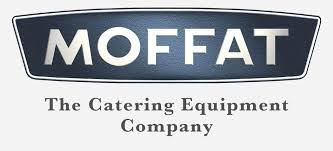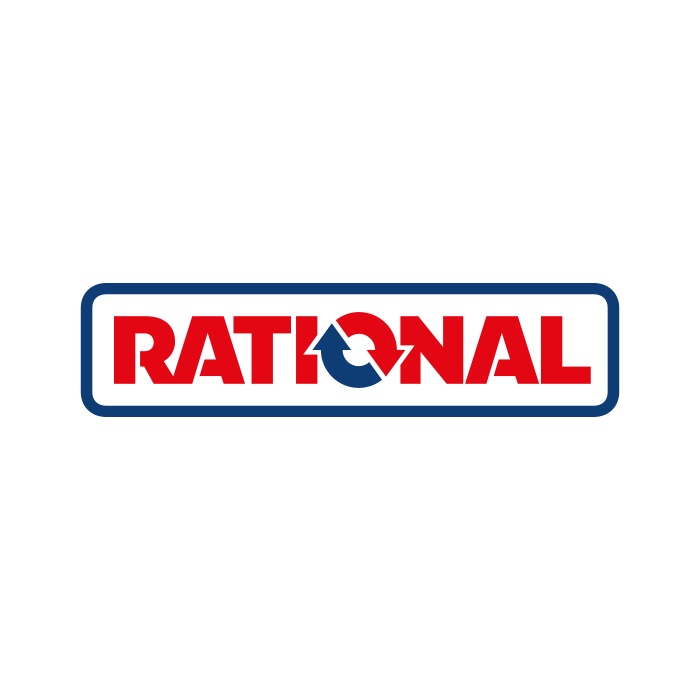Which Cooling System is Right
Which Cooling System is Right for Your Commercial Fridge or Freezer?
When you’re investing in new refrigeration, it’s not just the size, brand, or energy rating that matters — the type of cooling system inside can make a big difference to performance, efficiency, and how well it suits your kitchen or bar.
Here’s a breakdown of the most common systems, how they work, and where they’re most useful.
Static Cooling
Static cooling works by chilling the cabinet walls, which then transfer cold to the air and contents. The temperature can vary slightly between shelves — colder at the bottom, warmer near the top.
Best for:
-
Fridges: Delicate produce, pre-prepared salads, and items that don’t need constant airflow.
-
Freezers: Low-traffic storage of bulk items where door openings are infrequent.
-
Ideal in quieter prep areas or as a back-up storage unit.
Pros: Energy-efficient, quieter operation, fewer moving parts to maintain.
Cons: Uneven cooling if frequently opened; not ideal for busy service.
Fan Assisted Cooling
A fan moves chilled air around the cabinet, keeping temperatures more even. It’s less aggressive than full forced air but faster to recover than static cooling.
Best for:
-
Fridges: Dairy, cooked meats, and high-turnover stock that needs consistent temps.
-
Freezers: Smaller stock rotation where you still need quick pull-down after restocking.
Pros: Even temperatures, faster recovery than static.
Cons: Slightly more energy use, gentle airflow may still cause drying in unwrapped produce.
Forced Air Cooling
Powerful fans circulate cold air evenly throughout the cabinet, ensuring every shelf stays at the same temperature — ideal for high-demand environments.
Best for:
-
Fridges: Busy kitchens, grab-and-go displays, bars during peak service.
-
Freezers: High-turnover frozen storage where doors are frequently opened.
Pros: Rapid temperature recovery, consistent cooling in all areas.
Cons: Uses more energy, can dry out uncovered foods faster.
Hydrocarbon Refrigeration
Not a cooling method itself, but the type of refrigerant used. Hydrocarbons like R600a or R290 are natural refrigerants that are more energy-efficient and environmentally friendly.
Best for:
-
Any fridge or freezer where efficiency and eco-credentials matter.
Pros: Lower running costs, reduced environmental impact.
Cons: Must be serviced by qualified engineers familiar with hydrocarbons.
Choosing the Right System
If your fridge or freezer is in constant use, go for fan assisted or forced air. If it’s for occasional access or long-term storage, static can save energy. And if sustainability is a priority, look for hydrocarbon refrigerants.
Still unsure? Call us on 01379 641223 — we’ll help match you to the perfect fridge or freezer for your business.






















































































































































































